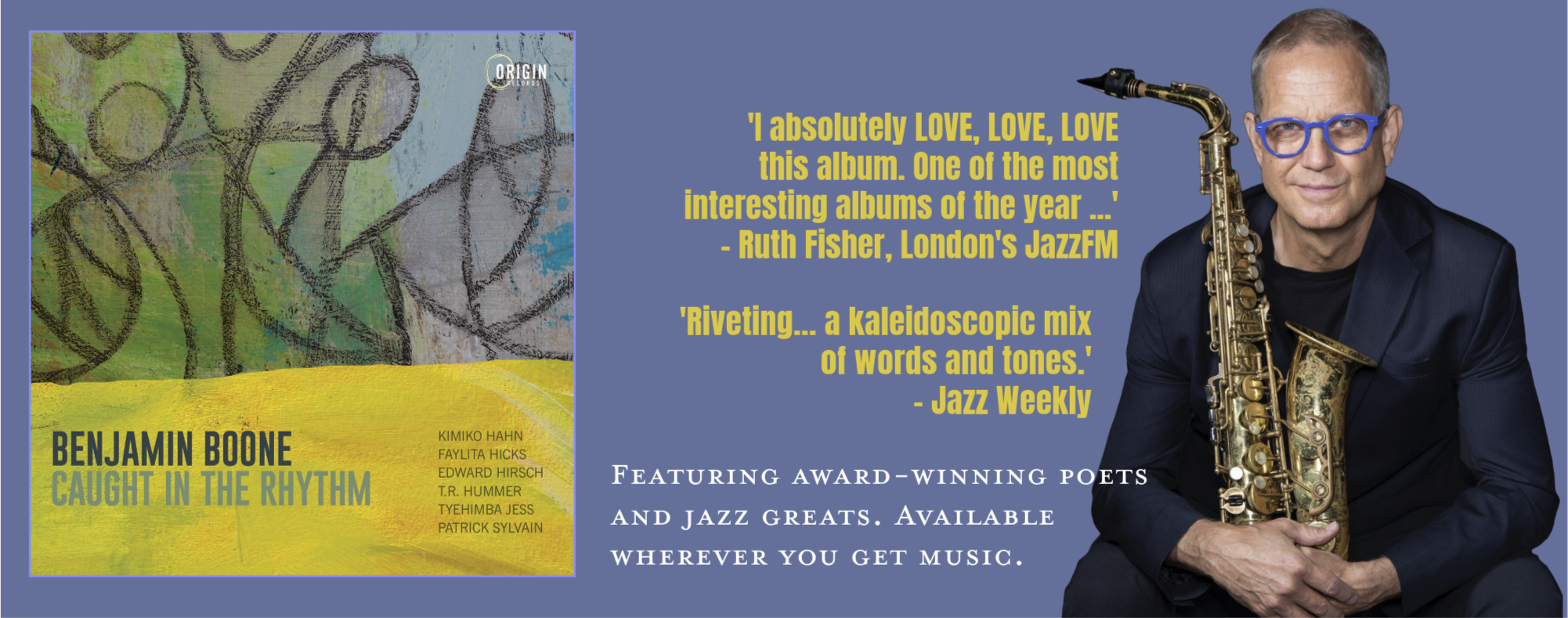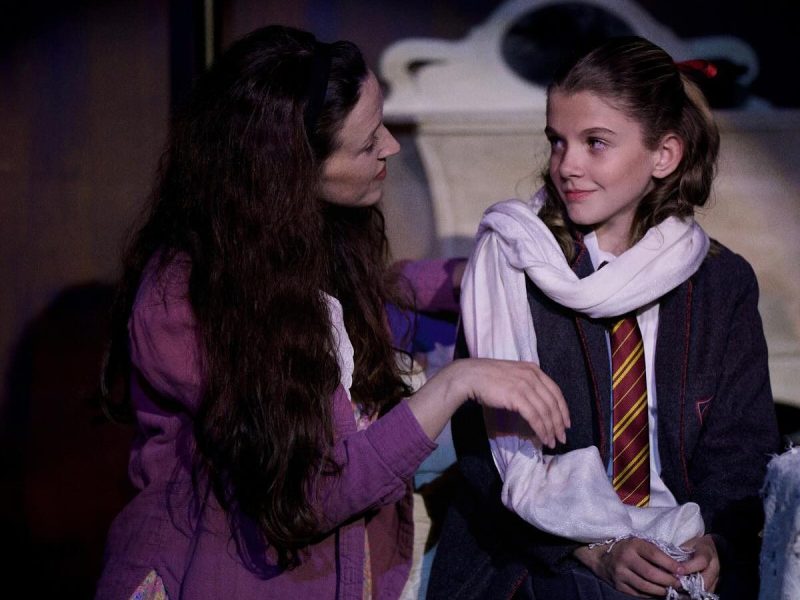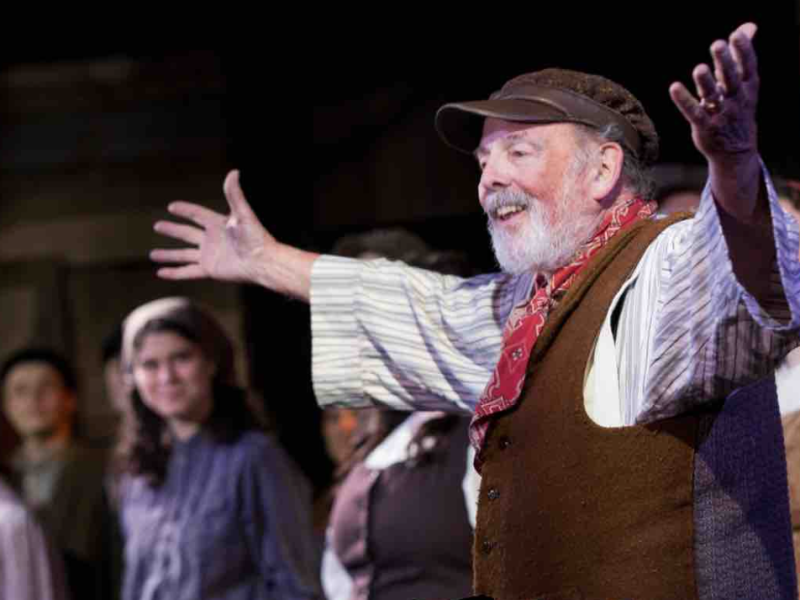Review: In Selma’s ‘Cinderella,’ a live orchestra and great vocals make this glass slipper an excellent fit
You know something I love? The shiver of anticipation at the downbeat of a live orchestra playing the first note of an overture for a Broadway show.
Pictured above: Annelise Escobedo-Lyman, left, and Emily Swalef in ‘Rodgers and Hammerstein’s Cinderella.’ Photo: Selma Arts Center
The tremendous potential of that downbeat is stirring: You’re never sure if you’ll be in for a great show or a bomb. The “live” part of the music represents all that is thrilling (and occasionally wretched) about theater: Anything can happen. We might be in for the smartest, sweetest production on record, one that makes our hearts soar. Or we could be about to witness a beast of a production, something foul that will snivel and stagger for two and a half hours before expiring in a heap.
At Selma Arts Center’s accomplished “Cinderella,” which continues through Saturday, April 1 (just two performances remain), those opening notes most definitely set the stage for smart and sweet.
Most local shows don’t have live orchestras because they’re too expensive. Recorded music has to suffice. But Selma’s poised and powerfully sung production proudly boasts a 15-member ensemble of live musicians. It’s the first full pit orchestra in the company’s history.
And the result is really good. Music director Frank Velasco coaxes a full, rich sound from his players.
Adding live music to a local theater production can be a challenge for a sound designer in terms of balancing singers and accompaniment, but in this case, there was never any point I felt any of the vocalists were drowned out by the orchestra, even by the percussion, which is my most common complaint. (Perhaps there were moments when both voices and instruments were too loud at the performance I attended, but the lyrics were always clear and intelligible.) Sound designer Adrian Oceguera deserves a share of the kingdom’s riches for his prowess.
Officially titled “Rodgers and Hammerstein’s Cinderella,” this update of the classic 1957 musical (originally written for television) retains the legendary songwriting team’s songs while giving the book (a new version written by Douglas Carter Beane) a sturdy – but not too strident – progressive political-economic update. (Partisan alert: Bernie Sanders could step in for the role of the Fairy Godmother in terms of her politics.) This version of the kingdom has soup kitchens, greedy developers, restive peasants, and, obviously, a capital-gains tax rate that needs boosting.
Even with the modern fussing, however, the show sports the same basic narrative structure we know and love: A beleaguered Cinderella is pushed around by her snotty stepmother and preening stepsisters, only to be catapulted by Bernie – um, a beggar woman named Marie – into palace society. It’s amazing what a pumpkin carriage, dazzling designer dress, custom glass slippers and shower will do in terms of future-princess potential. Best way to catapult yourself up the class ladder: Look the part.
The updates are mostly clever, the acting is solid, and Nicolette C. Andersen’s direction is effective, especially when it comes to staging a big show on a smallish stage. The highlight of the production is the vocals. Selma boasts deep-pockets capabilities in this regard, with Mindy Ramos doing the vocal-direction honors. Hunter Oehlschlaeger, as the prince, offers gorgeous, stirring renditions of such songs as “Loneliness.” Annelise Escobedo-Lyman, as the title character, is in fine form with a pretty Broadway voice. Rebecca Potts (as Madame, the stepmother) is another strong singer, her performance shaded with a wry wit. Brittany Smith, as the gentler stepsister, Gabrielle, sounds very nice. Emily Swalef is a highlight as the brutish stepsister Charlotte, not only in terms of vocals but comic bombast as well. In the ball scene, she comes across as a whirling dervish of obnoxiousness, hiking up her hoop skirt with a snort of frustration when she can’t win over the prince.
The Munro Review has no paywall but is financially supported by readers who believe in its non-profit mission of bringing professional arts journalism to the central San Joaquin Valley. You can help by signing up for a monthly recurring paid membership or make a one-time donation of as little as $3. All memberships and donations are tax-deductible.
There are some nice ensemble numbers as well, with “Stepsister’s Lament” a memorable vocal and comic moment. The direction loses its sharpness in some of the numbers involving the larger ensemble cast.
A standout in the cast is the young (and very talented) Emily Estep, a former Valley teen theater standout who returns to Fresno with a newly minted BFA in musical theatre from Ohio Northern University. Her turn as Maria (aka the Fairy Godmother) is part Harold-Hill confidence booster and part Marilyn Monroe blond bombshell. In the song “There Is Music in You,” Estep’s robust vocals are thrilling.
Are those vocal performances even better because they’re accompanied by live humans rather than a recorded track? It’s hard to say for sure, but my guess is that the energy of those instrumentalists elevates everyone on stage. “Cinderella” is worth a visit just to experience that live orchestra. Though many of the audience quickly filed out after the bows, I made sure to stick around until the final note was played. You don’t take something like that for granted.









